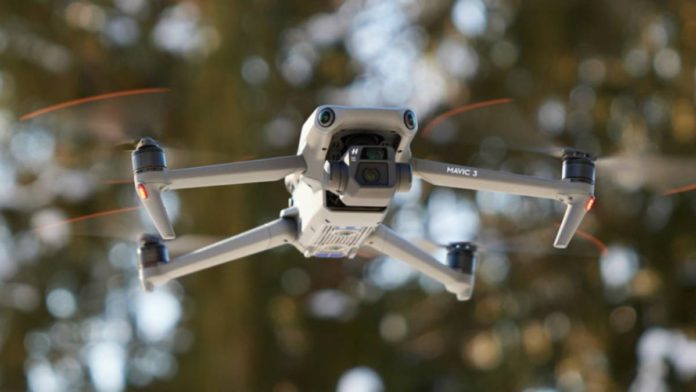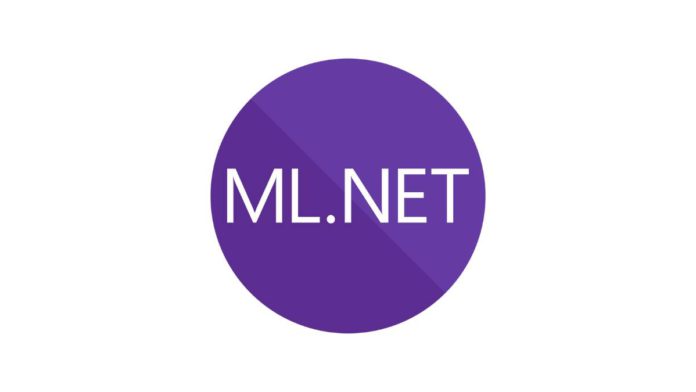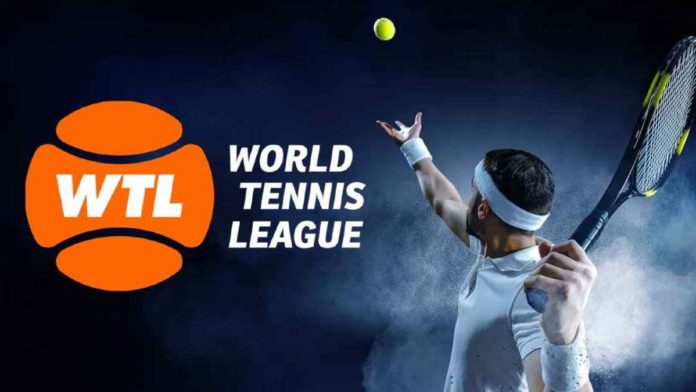Drone technologies have emerged over the past few decades due to their widespread uses and benefits. The industry will continue to grow as drones are extensively used, even daily. For aerial photography, surveillance, agricultural monitoring, or for transporting vaccines and medicines, drones have shown exponential growth worldwide and in India. As per a report by EY, the drone industry will approximately touch US$23 billion by 2030. The report, titled “Making India the drone hub of the world,” talks about the country investing and advancing in drone technology and nurturing drone manufacturing companies in India. Akshya Singhal, the consulting partner – government and public sector at EY India, said, “Given the parameters of the Aatmanirbhar Bharat Abhiyan, a strong case exists for India to emerge as a global powerhouse in drones, as a tremendous demand for drones and drone-as-a-service gets created.”
The government of India is also shifting its attention toward the domain of drones and has been implementing its drone policy. Since the latest drone policy release, the government has allowed drones to be used in healthcare, agriculture, defense, and other sectors.
We have already discussed the top Indian drone companies in another article. This article will focus on the companies that explicitly manufacture drones.
Top Drone Manufacturing Companies
Listed below are some incumbent and emerging drone manufacturing companies in India.
- Hindustan Aeronautics Limited
Hindustan Aeronautics Limited (HAL) is the world’s oldest and most effective defense and aerospace manufacturing company. With over 11 R&D centers and 21 manufacturing facilities across India, HAL has become one of the most potent companies in the domain. It is involved in designing, fabricating, and manufacturing fighter aircraft, jet engines, helicopters, turbines, and drones.
The company has been actively developing AI-driven, multi-role, and long-endurance drones for missions to be accomplished in high-altitude areas. HAL is also exploring the areas of manufacturing the Israeli Heron TP drones for some strategic projects. Consequently, HAL is one of the most renowned and potent drone manufacturing companies in India.
- Redwing Labs
Redwing Labs is among those drone manufacturing companies famous for its on-demand, enterprise-specific drone logistics. Redwing manufactures autonomous drones to revolutionize last-mile healthcare and aviation supply chains. After achieving over 15 awards in the USA and Asia-Pacific region, Redwing’s drones have been validated by several industry leaders like Lockheed Martin, NASA, and Boeing.
- UrbanMatrix Technologies
UrbanMatrix Technologies, with origins in IIT Madras, is one of the best drone manufacturing companies in India, providing end-to-end drone solutions for safety and reliability. With over 7 years of extensive research and development experience, UrbanMatrix provides both software and hardware for simplified drone operations for GIS mapping, defense, mining operations, energy tracking, construction monitoring, and management. Moreover, these drones can seamlessly integrate aerial data within the workflow and enable real-time analysis. Some of its famous products include the UMT Hawk4G, UMT SparrowPPK, and the UMT Cloud Console.
- Auto Micro UAS
Auto Micro UAS is an aerotech company that pioneers drone manufacturing and innovation. It is one of the defense-driven drone manufacturing companies in India built on the principles of combating evolving aerospace dangers at the frontlines and battlefields within the country. With over 20 years of experience in the domain, the company has developed multiple products like BEETLE, PANDA, BEE, and SHARK equipped with end-to-end solution-providing capabilities.
- Detect Technologies
Detect Technologies is a deep-tech start-up that utilizes drones and IoT to assist industrial monitoring. The company is involved in providing drones with cutting-edge AI-driven technologies that help in digital asset inspection, pipeline patrol, privacy anonymization, confined space monitoring, and workplace safety management. Detect also helps integrate the disparate operational data collected by the drones and then breaks it down into industrial silos on one unified platform. This way, users can get actionable insights and maximize efficiency with Detect’s state-of-the-art IoT hardware.
Read More:
- Zen Technologies Limited
Zen Technologies, founded in 1993, manufactures combat training systems and drones for training security and defense forces, making it one of the best drone manufacturing companies in India. The company, headquartered in Hyderabad, produces simulators, live range equipment, and anti-drone systems for the police, military, and paramilitary. Additionally, Zen Technologies provides Heavy Lift Supplies Drones that can transport bulky logistics.
Zen Technologies’ products and services offer a barrier against the shadowy use of drones. Its products can jam, neutralize, capture, and kill drones in flight and secure vital infrastructure like airports, borders, etc.
- Dronix Technologies Pvt. Ltd.
Dronix Technologies Pvt. Ltd. is one of India’s newest drone manufacturing companies. It was founded in 2017 to offer drones and other similar devices for monitoring and managing unmanned areas. As of now, Dronix is the only Indian company that manufactures commercial drones under the trademark Aero360. These drones are highly applicable for industrial surveillance, pipeline monitoring, precision agriculture, and conducting rescue operations. Some of its potent drones, like the ASTRA UAV, DJI Drone Camera, and HYBRID Drone, are doing very well in the market.
- HUVIAiR Technologies Pvt. Ltd.
HUVIAiR Technologies is a Bengaluru-based company that provides remote monitoring and management services for construction projects. Founded in 2016, the company is focused explicitly on drone manufacturing and operations, making it a new player among other drone manufacturing companies in India.
CONSTRA, HUVIAiR’s SaaS platform, derives meaningful insights from images and videos captured by its drones. Using the company’s drones in combination with CONSTRA can save up to 65% of the monitoring time while reducing the supervisory workforce.
- IoTechWorld Avigation
IoTechWorld is a drone manufacturing company specializing in agricultural drones and equipment manufacturing. It is a drone OEM (original equipment manufacturer) that came up as a part of the “Make in India” campaign to cater to surveillance, surveying, and agriculture. IoTechWorld manufactures “agribots” with the latest AI/ML technologies at over 10 self-owned service stations across the country. These agribots are India’s first government-approved drones for spraying liquids over farmland.
- SASMOS HET Technologies
SASMOS is a global innovation and manufacturing company. It is a leading OEM of wiring systems, electronic subsystems, optical fiber connectivity, and drones for the marine, space, and defense markets. SASMOS has been in the drone sector for the past 8 years and has now become an expert. As its clientele expands globally, the company expects to be of the best drone manufacturing companies in India and to reach a thousand crores in revenue by 2026.
- UAVIO Labs Private Limited
Established in 2021, UAVIO Labs Private Limited manufactures drones with true autonomy vision-based IT and IoT ecosystem that enables the drone to be aware, navigate and communicate with other sensors. UAV drones can execute tasks in natural world environments freely without the help of pilots in GPS-denied environments. UAVIO drones can do simple tasks such as taking images and videos, monitoring workflow, identifying fuel/gas/chemical leakage, and powering various defense and law enforcement applications like crowd counting, disaster management, remote monitoring, aerial surveillance, and vehicle detection.











